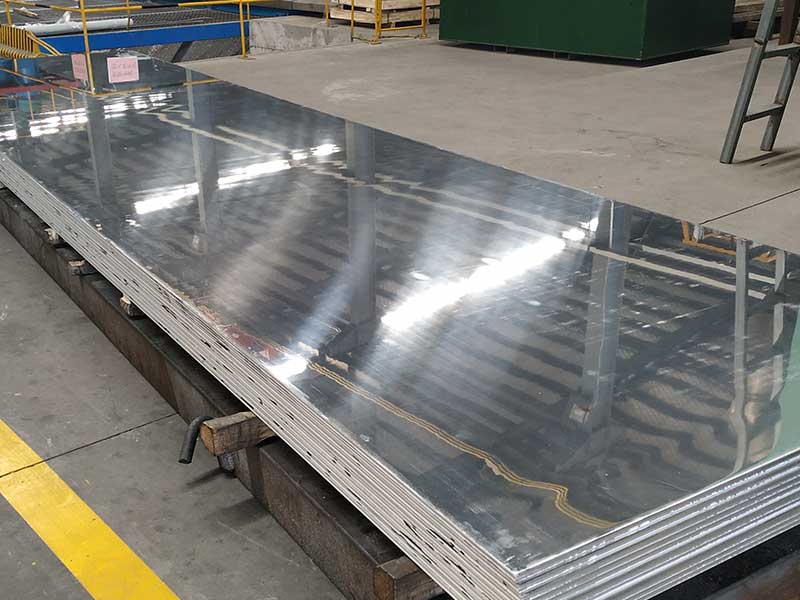Folding aluminium sheet
Introduction
Folding aluminium sheet is a critical process in various industries, renowned for its versatility, lightweight nature, and superior strength. From the automotive sector to aerospace engineering, folded aluminium components play an invaluable role. In this article, we’ll delve into the techniques of folding aluminium sheets, the benefits they offer, and some common applications in today's manufacturing landscape.
Understanding Aluminium Sheet
Aluminium sheet is a flat piece of aluminium alloy that can vary in thickness, typically ranging from 0.2mm to over 6mm. Its properties, which include excellent corrosion resistance, low weight, and high durability, make it a preferred choice for many applications. The ability to fold aluminium sheets enhances their function, creating strong and lightweight shapes that are vital for modern engineering tasks.
Techniques for Folding Aluminium Sheet
There are several techniques employed in the folding of aluminium sheets, including:
-
V-Bending: This widely-used method involves placing the aluminium sheet on a die with a V-shaped opening. A press brake then forces a punch down into the sheet, bending it to the desired angle. This technique is ideal for achieving precise folds and angles.
-
Air Bending: Rather than forcing the metal entirely into a die, this method allows the aluminium sheet to rest on upper and lower dies, where a punch pushes the sheet down. The material's elasticity causes it to spring back slightly, allowing for adjustments to achieve the desired bend.
-
Roll Bending: This method uses three rollers to introduce a gradual curve to the aluminium sheet. It’s particularly useful for creating cylindrical components, making it popular for applications involved in the automotive and aerospace industries.
-
Pneumatic Folders: These machines are designed for smaller folds and precise adjustments. They use pneumatic pressure to bend the sheet, providing a clean finish and reducing the risk of damage or cracks.
Benefits of Folding Aluminium Sheet
Folding aluminium sheets provides numerous benefits, including:
-
Weight Reduction: The lightweight nature of aluminium means that folded components can significantly reduce the overall weight of structures, contributing to better fuel efficiency in vehicles and aircraft.
-
Strength and Durability: Aluminium has a high strength-to-weight ratio, ensuring that folded items are both lightweight and robust. This is crucial for components that must endure stress and strain.
-
Versatility: Folded aluminium sheets can be utilized in a wide array of applications, from intricate designs in architecture to robust parts in machinery and consumer goods.
-
Cost-Effective Manufacturing: Folding can reduce manufacturing time compared to welding or machining, resulting in lower production costs. This efficiency is vital for industries with high demand for custom parts.
Applications of Folded Aluminium Sheet
The applications for folded aluminium sheets are extensive and encompass many sectors:
-
Automotive Industry: Car manufacturers often use folded aluminium components for body panels and structurally critical parts, thanks to their lightweight properties and strength.
-
Aerospace Engineering: In the aerospace sector, the need for materials that are both weight-effective and durable is imperative for planes and rockets. Folded aluminium sheets serve as key structural components.
-
Architecture and Construction: Aluminium sheets can be folded into intricate designs for building facades, roofing, and other aesthetic elements, enhancing both strength and visual appeal.
-
Consumer Products: Many household items, from appliances to furniture, use folded aluminium sheets due to their sleek finish and durability.
https://www.aluminumplate.net/a/folding-aluminium-sheet.html







